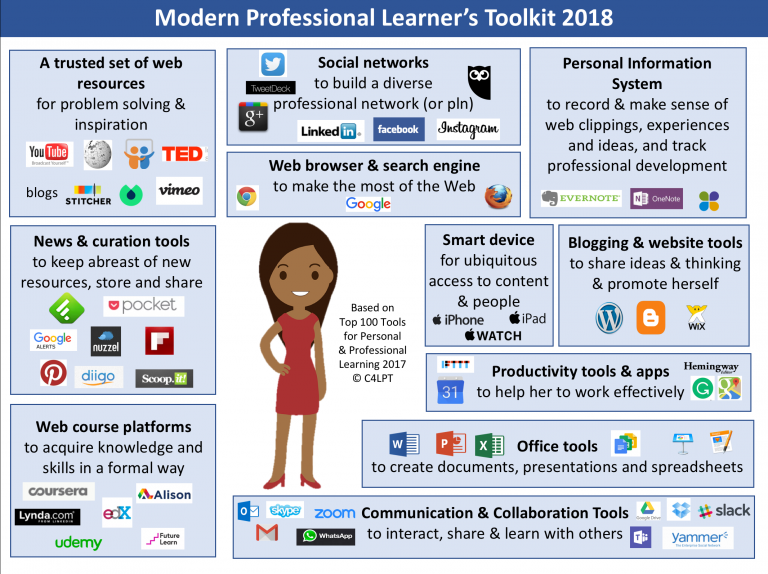 I’ve been complaining, as part of the myths tour, that everyone wants the magic bullet. But, as I was commenting to someone, there are huge tech opportunities we’re missing. How can I have it both ways? Well, I’m talking about two different techs (or, rather, many). The fact is, we’re chasing the wrong technologies.
I’ve been complaining, as part of the myths tour, that everyone wants the magic bullet. But, as I was commenting to someone, there are huge tech opportunities we’re missing. How can I have it both ways? Well, I’m talking about two different techs (or, rather, many). The fact is, we’re chasing the wrong technologies.
The problem with the technologies we’re chasing is that we’re chasing them from the wrong beginning. I see people chasing microlearning, adaptive learning, video, sims, and more as the answer. And of course that’s wrong. There can’t be one all-singing all-dancing solution, because the nature of learning is remarkably diverse. Sometimes we need reminders, sometimes deep practice, some times individualization makes sense, and other times it’s not ideal.
The part that’s really wrong here is that they’re doing this on top of bad design! And, as I believe I’ve mentioned, gilded bad design is still bad design. Moreover, if people actually spent the time and money first on investing just in improving their learning design, they’d get a far better return on investment than chasing the latest shiny object. AND, later investments in most anything would be better poised to actually be worthwhile.
That would seem to suggest that there’s not a sensible tech to chase. After, of course, authoring tools and creating elearning. And that’s not true. Investment in, say, sims makes sense if you’re using it to implement good design (e.g. deep practice). As part of a good learning design strategy. But there’s something deeper I’m talking about. And I’ve talked about it before.
What I’m talking about are content systems. They may seem far down the pike, but let me (again) make the case about why they make sense now, and for the future. The thing is, being systematic about content has both short-term and long-term benefits. And you can use the short-term ones to justify the long-term ones (or vice-versa).
In the short term, thinking about content from a systems perspective offers you rigor. While that may seem off-putting, it’s actually a benefit. If you design your content model around good learning design, you are moving towards the first step, above, about good design. And, if you write good descriptions within those elements, you really provide a foundation that makes it difficult to do bad design.
My point is that we’re ignoring meaningful moves to chase chimera. There are real value steps to make, including formalizing design processes and tools about good design. And there are ways to throw your money away on the latest fad. It’s your choice, but I hope I’ve made a case for one interpretation. So, what’s yours?


